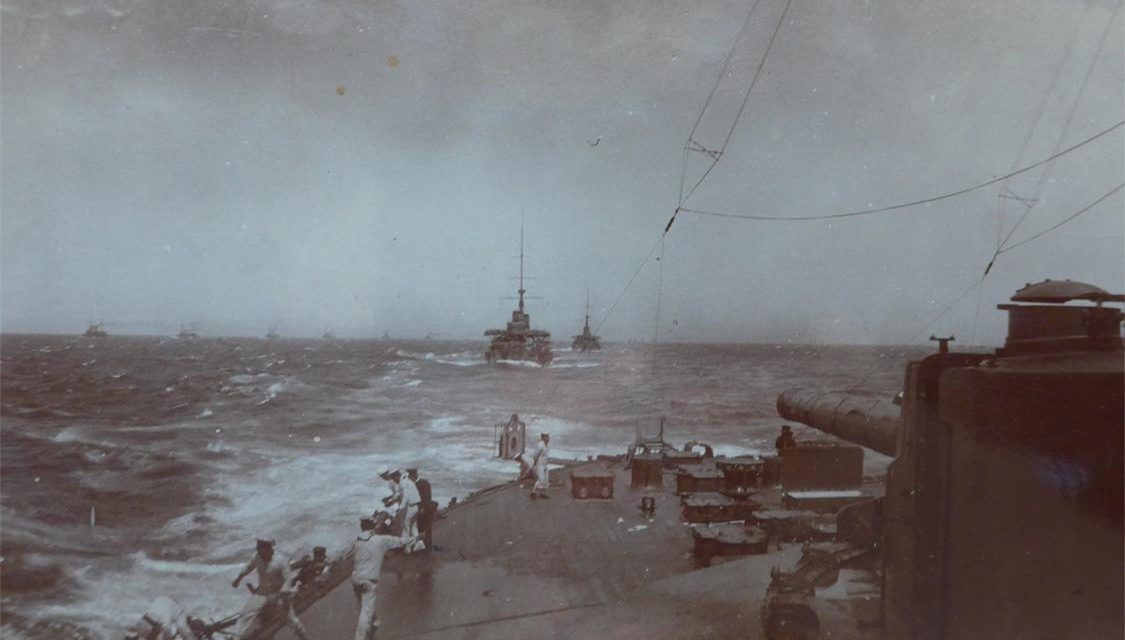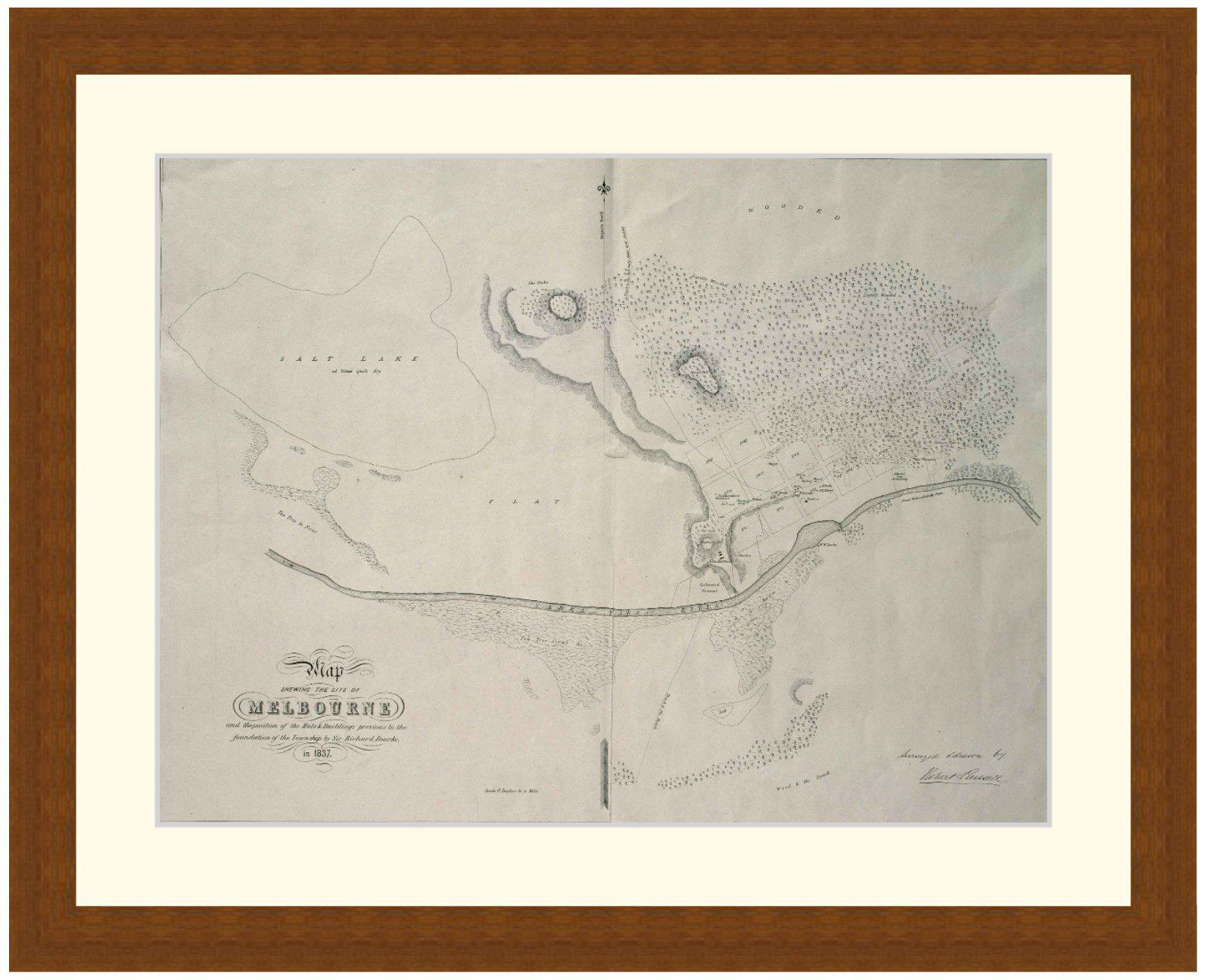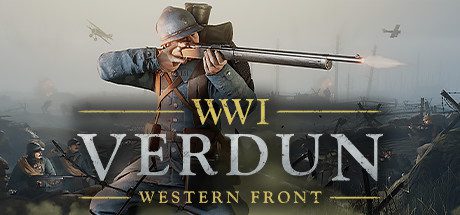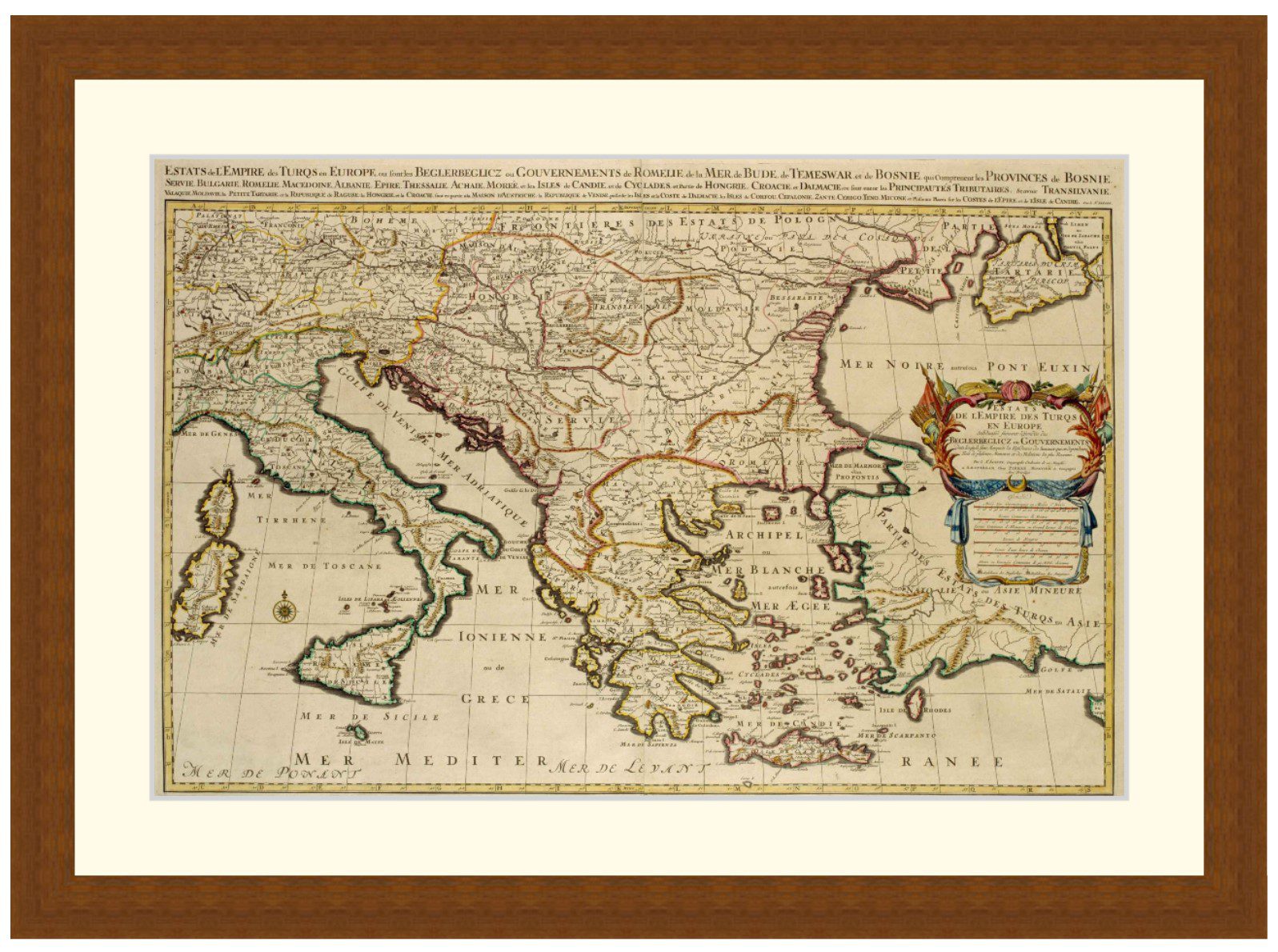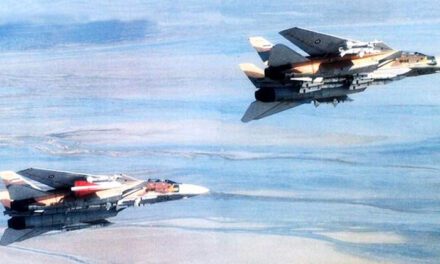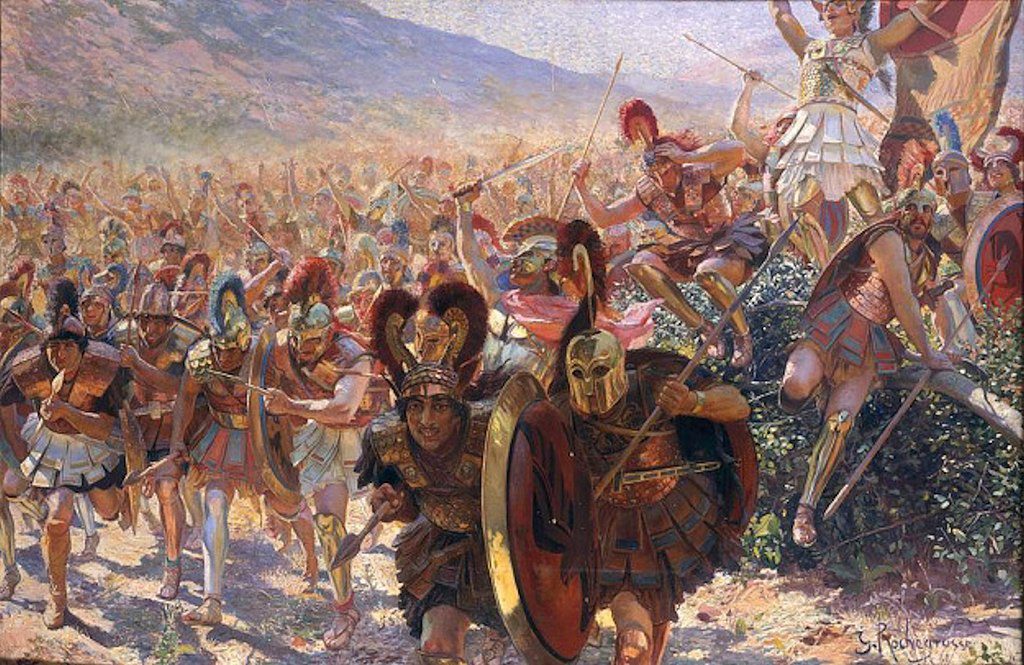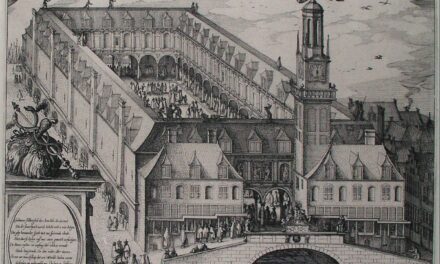History Guild General History Quiz 166
See how your history knowledge stacks up!
Want to know more about any of the questions? Scroll down to learn more!
Have an idea for a question? Suggest it here and we’ll include it in a future quiz!
The stories behind the questions
1. Which battle signified Japan’s rise to prominence as a naval, military and economic power?
Battle of Tsushima – The Japanese had spent the preceding 50 years building and training a modern fleet modelled on the British Royal Navy. Russian overconfidence and ineptitude saw them decisively defeated at the hands of a Japanese fleet under Admiral Togo.
2. Which English Monarch was removed from power by Simon de Montfort?
Henry III – Simon de Montfort led the baronial opposition to Henry III which culminated in the Second Barons’ War. Following his initial victories over royal forces, he became de facto ruler of the country in 1264 and played a major role in the constitutional development of England.
3. His name now a byword for a collaborator, Vidkun Quisling ruled which country during WW2?
Norway – In 1933, Quisling founded the fascist Nasjonal Samling (National Gathering). His party failed to win any seats in the Storting, and by 1940, it was still little more than peripheral. After the German invasion of Norway in 1940 he formed a pro-Nazi puppet government, known as the Quisling regime, which was dominated by ministers from Nasjonal Samling. The collaborationist government participated in Germany’s war efforts, and sent Jews out of the country to concentration camps.
4. Which organisation created the Chatham House Rules, used for debating and discussions?
Royal Institute of International Affairs – The rule was created in 1927 and specifies that when a meeting is held under the Chatham House Rule, participants are free to use the information received, but neither the identity nor the affiliation of the speaker(s), nor that of any other participant, may be revealed. It is designed to promote openness of discussion as it allows people to express and discuss controversial opinions and arguments without suffering the risk of stalling their career or even dismissal from their job, and with a clear separation from the opinion and the view of their employer.
5. Which country does Hadrian’s wall dissect?
England – Built in 122 CE, running from Wallsend on the River Tyne in the east to Bowness-on-Solway in the west of what is now northern England. Less well known is the wall built by the Romans across what is now the Central Belt of Scotland, between the Firth of Clyde and the Firth of Forth. This was built in 142 CE and is known as the Antonine Wall.
6. How much time elapsed between the Indian mutiny / First Indian war of Independence and India achieving independence?
90 years – The Indian mutiny / First Indian war of Independence was fuelled by many factors, including invasive British-style social reforms, harsh land taxes, summary treatment of some rich landowners and princes, as well as scepticism about the improvements brought about by British rule. It led to the end of the Mughal Empire as well as the British Crown formally taking over administration of India from the British East India Company.
7. When did the Ottoman Empire fall?
1922 – On a downward trajectory for much of the previous 100 years, it’s loss in WW1 was the final blow that crippled what had been known as the ‘sick man of Europe’.
8. Who first proposed Heliocentrism, that the earth and other planets orbit the sun?
Aristarchus of Samos – Aristarchus identified the Earth orbited the Sun and he put the other planets in their correct order of distance around the Sun in the third century BCE. His astronomical ideas were often rejected in favor of the geocentric theories of Aristotle and Ptolemy.
In the sixteenth century a mathematical model of a heliocentric system was presented by the Renaissance mathematician, astronomer, and Catholic cleric, Nicolaus Copernicus, leading to the modern understanding of planetary motion.
9. When did Rome become the largest city in the world by population?
25 BCE – Rome surpassed the previous largest city, Alexandria, Egypt and held this top spot until 340 CE, when it was replaced by Constantinople.
10. Where was Joseph Stalin born?
Georgia – Born in what was then part of the Russian Empire in 1878, Stalin rose to prominence and power in the wake of the Russian revolution.

